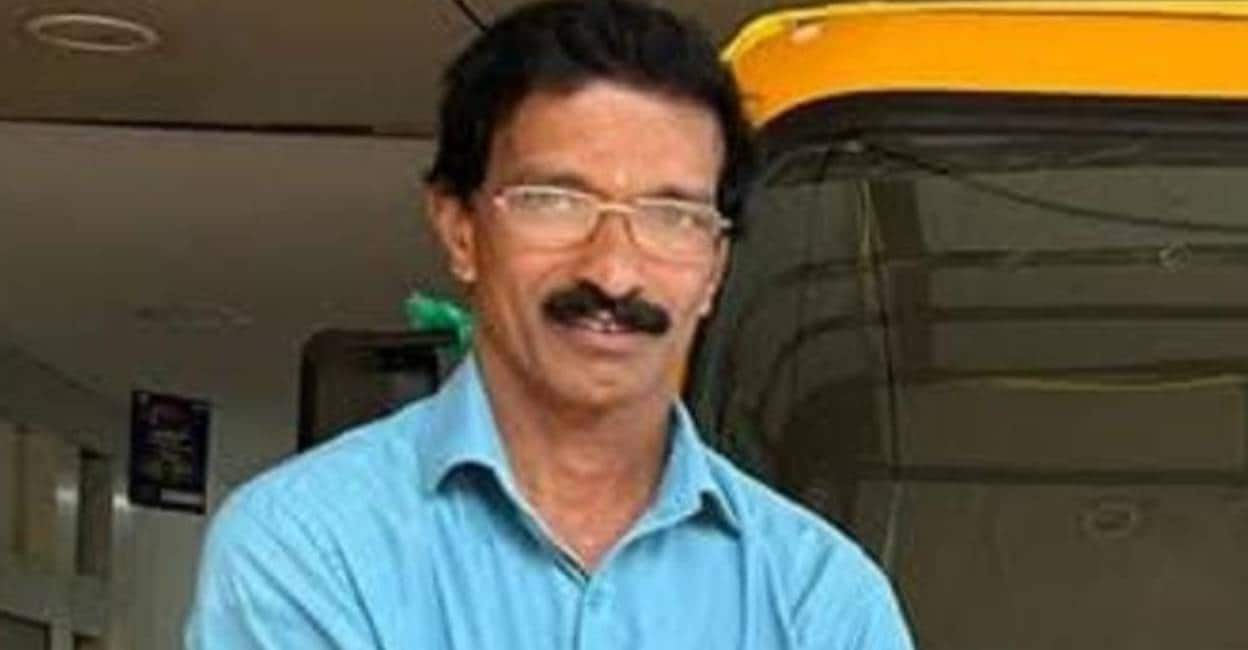Should You Slow Down to Appreciate Rembrandt's Masterpieces?

Published: 2025-09-12 07:18:13 | Category: technology
This article explores the upcoming national tour of a genuine Rembrandt self-portrait, encouraging viewers to engage in 'slow looking' as a means to enhance mental well-being. The painting, verified in 2014 and valued at £30 million, will be displayed at various National Trust properties, offering meditative prompts to foster deeper connections with art.
Last updated: 10 October 2023 (BST)
Key Takeaways
- The Rembrandt self-portrait will tour National Trust properties across the UK.
- Visitors are encouraged to practice 'slow looking' to improve mental health.
- Seating and audio guides with meditative prompts will be provided.
- The painting was confirmed as genuine in 2014 and is valued at £30 million.
- It will start its tour at Kingston Lacy and return to Buckland Abbey in 2026.
Introduction to 'Slow Looking'
The National Trust is set to launch a unique initiative by showcasing a Rembrandt self-portrait, promoting the concept of 'slow looking'. This practice encourages viewers to take their time with artworks, enhancing their emotional engagement and mental health. By fostering a deeper appreciation, the initiative aims to combat the fast-paced, distraction-filled world we live in today.
The Self-Portrait: A Masterpiece of Emotion
The self-portrait in question features Rembrandt wearing a black velvet cap adorned with ostrich feathers, a decorative metal band around his neck, and a short, embellished velvet cape. It was signed and dated 1635, showcasing the artist's mastery and intricate detail. Despite earlier doubts about its authenticity, the painting was verified by the Hamilton Kerr Institute in 2014, confirming its place in art history.
Understanding the Artist's Intent
John Chu, a Senior National Curator at the National Trust, provides insight into the emotional depth of the work. He describes Rembrandt's expression as both "swaggering" and "tentative," with a "mysterious" shadow cast over his face. This duality may reflect the artist's inner struggles, inviting viewers to contemplate their own experiences and emotions.
Why 'Slow Looking' Matters
According to art curator Amy Orrock, 'slow looking' is a practice that allows individuals to be present and aware of the nuances within a piece of art. The average viewing time for an artwork is typically around eight seconds, a statistic the National Trust aims to improve significantly. By encouraging longer, more focused engagement, they hope to reduce stress and foster emotional resilience among visitors.
How the Tour Will Facilitate 'Slow Looking'
The National Trust will set up comfortable seating areas at each location, allowing visitors to relax and immerse themselves in the artwork. Audio guides featuring meditative prompts will further enhance this experience, guiding participants through a more profound engagement with the painting. The aim is to create a serene atmosphere where individuals can reflect and connect with their feelings.
The Tour Schedule and Locations
The tour kicks off at Kingston Lacy, a National Trust property near Wimborne, Dorset, before moving on to various locations including Dunham Massey in Cheshire and Upton House in Warwickshire. The painting will eventually return to its home at Buckland Abbey in Devon in 2026. This national tour not only showcases the artwork but also promotes mental health awareness through art appreciation.
What to Expect at Each Venue
Visitors to the venues can anticipate:
- Comfortable seating arrangements for a relaxed viewing experience.
- Audio guides that provide meditative prompts tailored to enhance emotional reflection.
- Guidance on engaging with the artwork in a meaningful way.
The Historical Context of the Painting
The Rembrandt self-portrait has a fascinating history. Initially gifted to the National Trust in 2010, it was long debated by art historians due to concerns about its quality. Some argued that certain aspects of the painting were inferior, leading to prolonged questions about its authenticity. The confirmation by the Hamilton Kerr Institute in 2014 not only solidified its place in the art world but also added significant value, with an estimated worth of £30 million.
The Importance of Art in Mental Health
Art has long been recognised for its therapeutic qualities. Engaging with visual art can provide a means of expression, reflection, and emotional exploration. By promoting 'slow looking', the National Trust aims to leverage these benefits, encouraging individuals to take a step back from their busy lives and find solace in the beauty and complexity of art.
Conclusion: The Future of Art Engagement
The upcoming tour of the Rembrandt self-portrait is more than just an art exhibition; it represents a movement towards integrating mindfulness with art appreciation. As visitors engage in 'slow looking', they are invited to explore their own emotions and states of mind, fostering a deeper understanding of themselves and their surroundings. This initiative highlights the potential for art to play a pivotal role in enhancing mental health and well-being in contemporary society.
As the tour unfolds, what new insights will visitors uncover about themselves and the timeless work of Rembrandt? Join the journey of art and mindfulness. #ArtForWellbeing #SlowLooking #RembrandtTour
FAQs
What is 'slow looking'?
'Slow looking' is an approach to viewing art that encourages individuals to take their time, engage deeply, and reflect on the details and emotions evoked by the artwork.
Where will the Rembrandt self-portrait be displayed?
The painting will be displayed at National Trust properties including Kingston Lacy, Dunham Massey, and Upton House, before returning to Buckland Abbey in 2026.
How can art improve mental health?
Engaging with art can provide emotional expression, foster reflection, and help individuals connect with their feelings, thereby enhancing overall mental well-being.
When was the painting verified as genuine?
The Rembrandt self-portrait was confirmed as genuine by the Hamilton Kerr Institute in 2014.
What kind of facilities will be available during the tour?
Each venue will provide comfortable seating and audio guides featuring meditative prompts to enhance the 'slow looking' experience for visitors.



